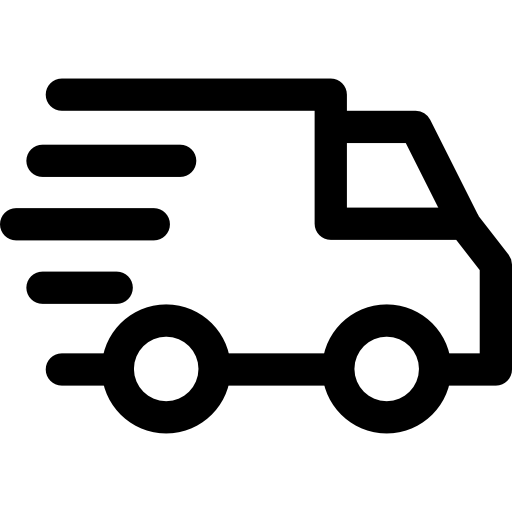„Von nun an wird jeder neue Wild Country Frauengurt mit dem Women Specific Fit ausgestattet sein. Ich bin stolz, sagen zu können, dass dies nur ein Schritt auf dem langen Weg ist, den wir gehen wollen, um die Bedürfnisse der weiblichen Kletterer zu erfüllen.“ - Lucia Soler, Wild Country Marketing Manager
Wenn gute Erfahrungen von guter Ausrüstung herrühren, dann ist ein Gurt, der beim Gehen, Klettern und Hängen bequem ist, definitiv ein wichtiger Teil der Kletter-Sessions eines jeden.
Im Laufe der Jahre haben wir jedoch immer wieder Rückmeldungen aus der ganzen Welt erhalten: Frauen hatten Schwierigkeiten, den richtigen Gurt für sich zu finden.
Da wir erkannt haben, dass die Re-Proportionierung die wichtigste Lösung auf dem Markt war, haben wir unsere umfangreiche Klettererfahrung genutzt, um eine neue Kollektion von Klettergurten mit frauenspezifischer Passform zu entwickeln. Wir haben umfangreiche Praxistests mit weiblichen Kletterern durchgeführt, um die Form und die Abmessungen zu perfektionieren.

Aber warum brauchen Frauen einen anders geformten Klettergurt?
- Der Taillenumfang von Frauen ist tendenziell länger, d. h. Frauen brauchen mehr Platz zwischen Beinschlaufen und Hüftgurt.
- Frauen haben ein anderes Verhältnis zwischen Taille und Beinumfang als Männer
- Der Winkel des Beckens von Frauen ist anders
- Die Körperform von Frauen variiert stärker als die von Männern.
Daher empfinden Frauen es im Allgemeinen als angenehmer, wenn ein Gurt um die Taille und nicht um die Hüften sitzt.
Aus diesem Grund haben wir eine neue ergonomische Konstruktion entwickelt, die speziell auf die weibliche Anatomie abgestimmt ist.

1. Hüftgurt: Der neue anatomische Hüftgurt hat eine einzigartige Form, die auf das weibliche Becken abgestimmt ist. Er ist an den Hüften schmaler, um Druckstellen zu reduzieren, und in der Mitte des Rückens breiter, um mehr Halt zu bieten und die Last besser zu übertragen.
2. Taille-Bein-Verhältnis: Wir haben den Durchmesser der Beinschlaufen vergrößert, aber den Durchmesser des Hüftgurts verringert. Steigung: Unsere Frauengurte haben einen größeren Abstand zwischen dem Hüftgurt und den Beinschlaufen. Dies sorgt für eine bessere Passform für die meisten Frauen und macht den Gurt auch für längere Zeit bequemer, z. B. bei hängenden Sicherungen oder bei der Arbeit an Projekten.
3. Rise: Unsere Frauengurte haben einen größeren Abstand zwischen dem Hüftgurt und den Beinschlaufen. Dies sorgt für eine bessere Passform für die meisten Frauen und macht den Gurt auch bequemer, um für längere Zeit zu hängen, wie zum Beispiel für hängende Sicherungen oder bei der Arbeit an Projekten.











